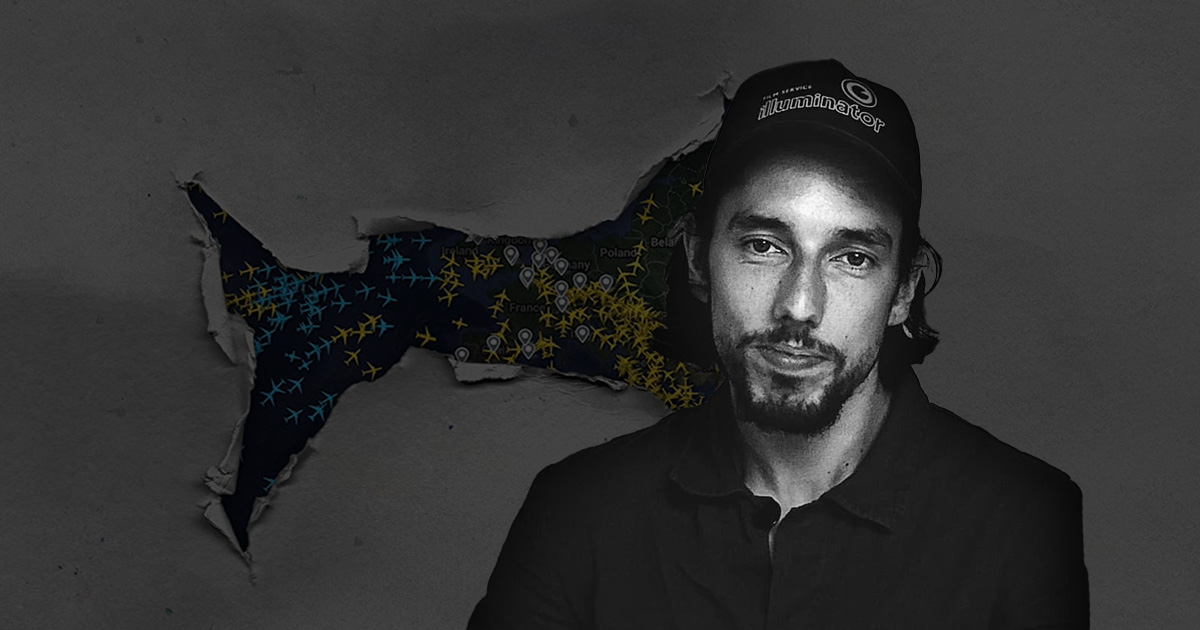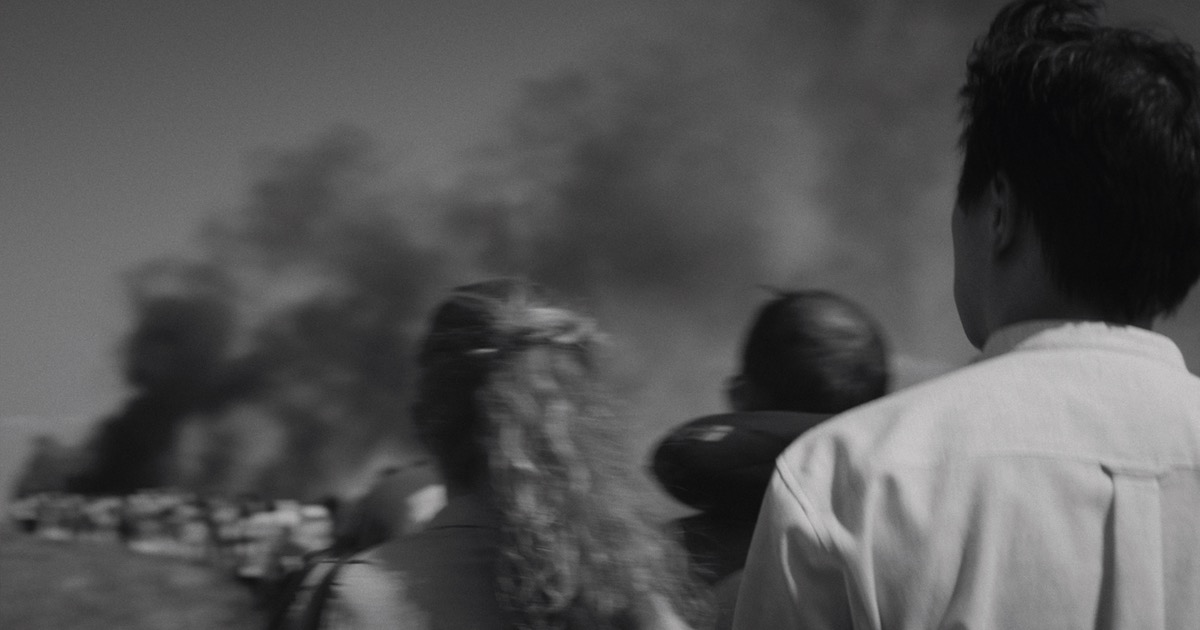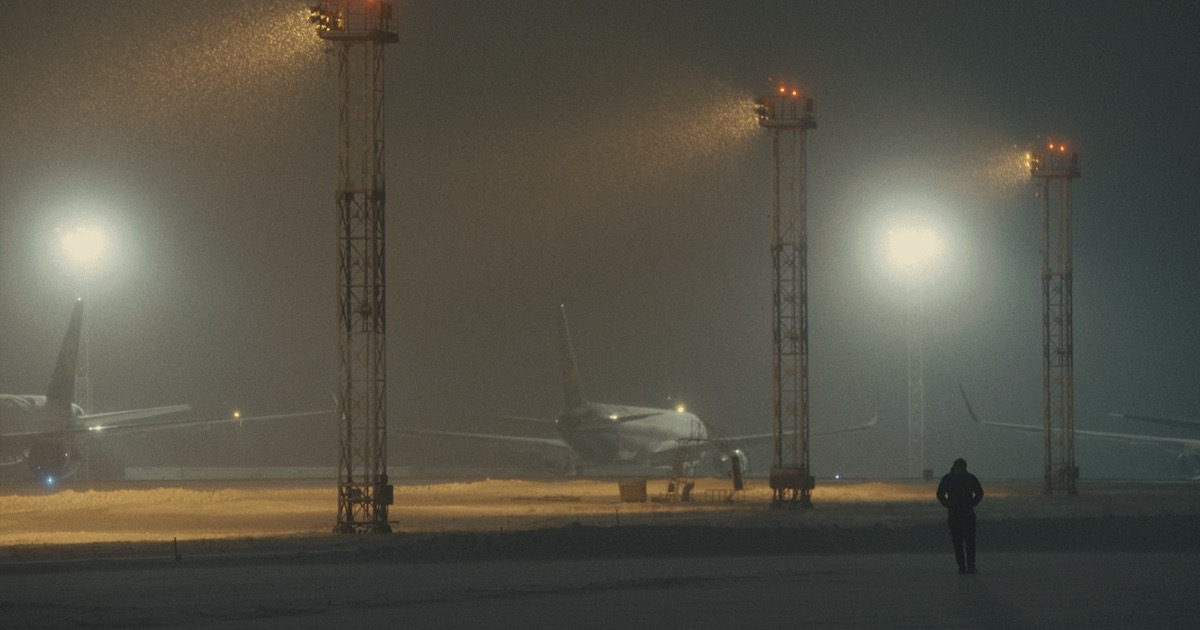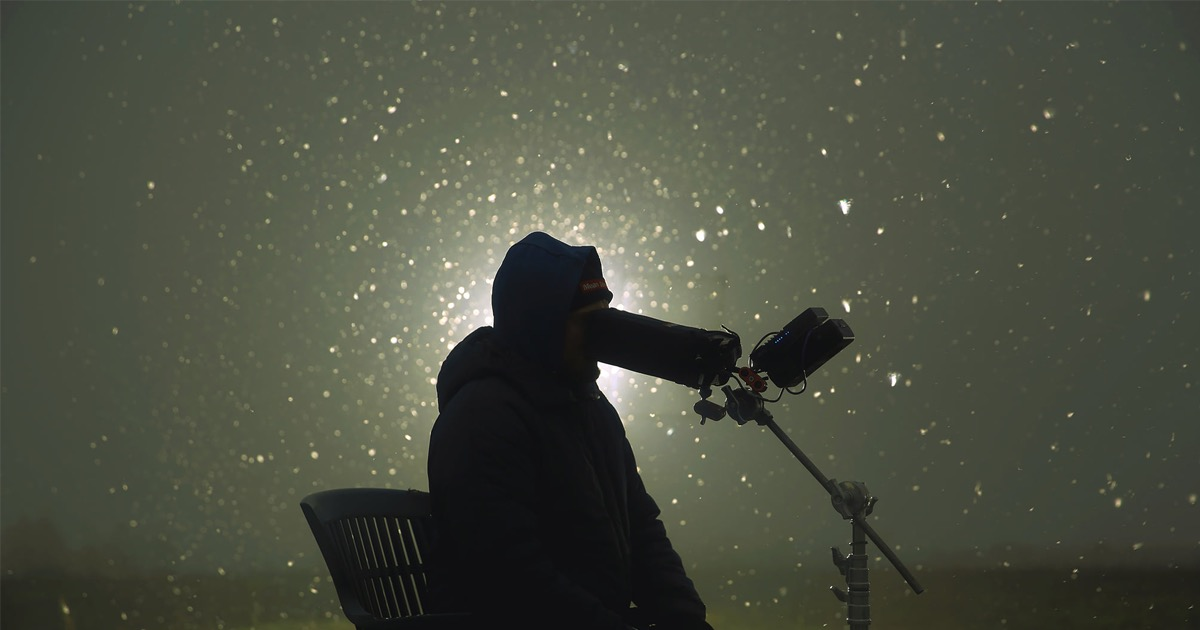Iron Butterflies is about unpunished evil that returns. A conversation with the director

On July 20, the documentary Iron Butterflies by Roman Liubyi will be released in Ukraine. The film tells the story of the downing of the Malaysian plane MH17 by Russians over the Donetsk region, killing 298 people — all passengers and crew. The crash took place on July 17, 2014.
On November 17, 2022, a court in the Netherlands ruled that the Russians had shot down the MH17 passenger plane with a Buk missile system from the temporarily occupied territory of Ukraine. The judges also confirmed that the Russian Federation controlled the illegal military formation "DPR."
The world premiere of the film took place in the World Cinema Documentary Competition section of the Sundance Film Festival in January 2023. The film was also screened at the Berlinale Film Festival.
Svidomi spoke to the film's director Roman Liubyi about Iron Butterflies, researching Russian propaganda, the reaction of foreigners, and the film's main message.
— What is the film about, and what was the main message behind the plot?
— This is a story about the downing of the MH17 passenger flight from Amsterdam to Kuala Lumpur. It was shot down in the Ukrainian sky by a Russian Buk missile on July 17, 2014.
The main message is that unpunished evil always returns, it's about the relationship between lies and violence.

— The film tells the personal story of a person who has experienced loss in this crash. How was the communication going, and what were the challenges in this part of the film?
— This is the story of Robbie, who lost his cousin Daisy and her boyfriend. Three months after the plane was shot down, he decided to go to the crash site himself.
He did not like the inaction of the Dutch government, as some families had not received the bodies of their relatives, and the wreckage of the plane was lying in a field. He wanted to show by his example that it was possible to go there personally with no obstacles.
We met him at a conference held by the Joint Investigation Team for relatives in the Netherlands. There, we watched Russian journalists interviewing relatives of the victims. Robbie was also talking to them, and I liked that he was able to joke and be straightforward.
We got to know each other. The next day we went to visit Robbie, and since then, we have been in touch. Later I found out that he was a musician. It seemed to me that the film could be enhanced by a fictional scene in which the documentary protagonist takes part.
Robbie had not seen the film before the European premiere. At the end of the film, he whispered: "It's impossible to put it better than that. You guys did a great job."
— In some scenes, there are Buk crew members who launched the missile at MH17, but their faces are not shown. Why did you decide not to show their faces?
— I liked the idea that this is a substance that is used to wash the faces in the film, it has no colour, so we make up our own meaning. It could be blood or oil.
I imagined how the crew acted. Sooner or later, they would find out what exactly they had shot down, and I became curious to explore the psychology of these people. You launch a missile at the enemy like a badass, and then you find out that 80 children died because of it. How do you live with that? You start blaming others, saying that you were just pushing a button, and the order was not yours, and you are not to blame. The person who gave the order also refuses to take responsibility and says that he did not press the button. As a result, the responsibility is shared by no one or evenly smeared over everyone.
This is a feature of physical theatre and choreography using non-verbal language. It can express things that cannot be said in words. If you use verbal language, you will lose the meaning. And so it turned out to show the layering of many meanings at the same time.
— In the film, there is a phrase: "While the world was worried about the potential escalation of hostilities, 298 citizens of different countries and continents became victims of this war long before the full-scale invasion." Do foreigners realise that this happened before February 24, 2022?
— After the film, people were still processing this information. The film conveys the fact that the war started in 2014, and foreigners understand this. People are grateful for our work.
Even though the events in Ukraine are shown on TV in the US, the film helps foreigners to understand the reality even more and become closer to the problems of Ukrainians.
— You showed the footage of the plane crash and the reaction of locals from the temporarily occupied territories who said that the plane had allegedly been shot down by Ukraine. Do foreigners understand the context of this happening in the temporarily occupied territories, and how aware are they of the situation in general?
— People are aware that there are occupied territories. However, many people did not know about MH17. Foreigners understand there is "a certain armed conflict in Eastern Europe." In the film, we connect different events, making it all the same war that has been going on for years.
I'll tell you more, some Ukrainians say that they have not heard about the downing of the plane in 2014 either, or they know very little about it.

— How did the full-scale invasion affect Iron Butterflies?
— On the one hand, everything has changed, and on the other hand, everything is the same. We started working on the film in 2019. The work was almost finished by February 24. Back then, the project was aimed at preventing the consequences of the downing of the passenger plane. To become a kind of warning to the world that unpunished evil returns.
When the full-scale invasion had already begun, there was no point in this warning. So we had to change and look for new meanings. Production stopped for six months.
The full-scale invasion became an integral part of the plot. If there are no consequences after the downing of a passenger plane, then they are free to start invading neighbouring countries. The world showed [the Russians] that you can shoot down planes without any problems.
— You have researched Russian propaganda on this subject and how it influenced the viewer. Have you noticed any non-obvious messages or narratives that the Russians are spreading?
— The first thing we edited was how the Russians reacted to the results of the Joint Investigation Team's findings — they said it was a lie. Some are telling the truth, others are denying it. This is a ten-minute scene about the information warfare. We wanted it to be a big part of the film because Ukrainians have a great expertise in Russian propaganda, and we have a lot to tell the world.
It wasn't difficult because other teams had already done a lot of work before we started shooting the film. There's the StopFake organisation that researches Russian propaganda. Our work is based on this. The investigation was carried out by Bellingcat (an investigative journalism community specialising in fact-checking and open-source intelligence — ed.) and InformNapalm (a project to inform about the Russian terrorist aggression against Ukraine — ed.)
100% of Russian propaganda is based on studies of mass influence dating back to Soviet times. It is a common method for Russians to make even official versions of information contradict each other.
— The film consists of different parts, but which was the most difficult to work with?
— I have a positive attitude towards difficulties. This project has changed many times. It started as a completely different concept, and every time we encountered difficulties, new colours emerged.
I wanted to show the manual for the Buk system that shot down the plane. We found a tape about it in the archives. I wanted to add a sense of danger from this tape. We agreed to shoot in the archives, but then COVID-19 started, and we were told we couldn't shoot. The only option was for the entire film crew and the archive staff to wear special biological protection. I liked this idea. It's important that reality itself comes up with some imaginative solutions. This is an example of how difficulties turn into gems.
However, the most difficult thing was to find a new meaning in the film after February 24.
— What was the reaction of Ukrainians, and in what ways does it differ from that of foreign audiences?
— There are moments in the film where you can laugh, and the Ukrainian audience fully used this opportunity. Abroad, the audience is more reserved. This is the most striking difference.

— The film was first presented at the Sundance Film Festival. How did foreigners react to this story the second time around, since there was also Klondike, a film about MH17 by Maryna Er Horbach?
— The films are different. I was delighted that I was not the only one who wanted to speak out on this topic. Maryna Er Horbach's film only confirms that we need to talk about MH17.
— Rogerbert.com called the film "art raging against injustice." Do you agree with this statement?
— This is an apt comment.
Why should Ukrainians watch this film, and what are your expectations from the premiere?
— I don't have any specific expectations. I'm just happy to see our audience. So far (the interview was recorded on July 11 — ed.), we have travelled to three cities and seen our audience. It's a big surprise for me that different people want to watch Ukrainian films and hear the difficult war story again.
The film will allow us to learn more about this event and Russian propaganda through things beyond the information dimension. It's not just dry facts and information. Everything is presented through allegories and lenses that are important to see in this story — and this is the most crucial thing.


